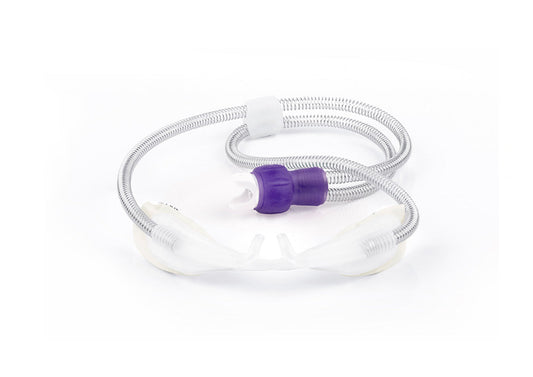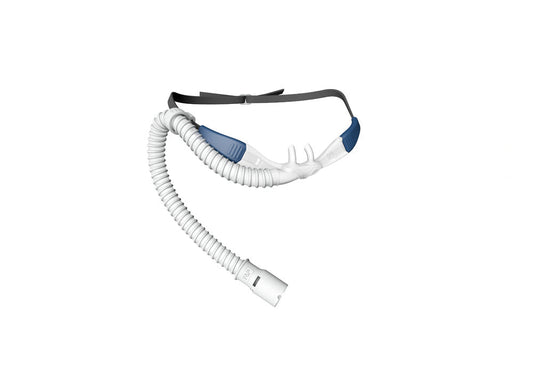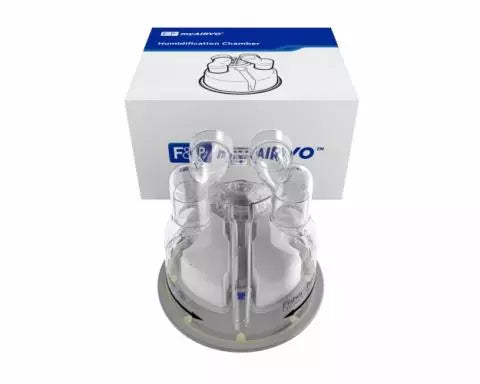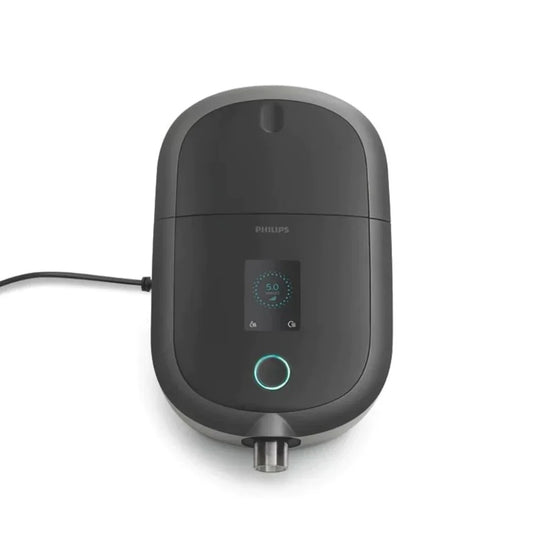Understanding Sleep Apnea: Causes, Symptoms, and Risks

Understanding Sleep Apnea: Causes, Symptoms, and Risks
Sleep apnea is a common sleep disorder that affects breathing during sleep. It is characterized by recurring pauses in breathing that can last from a few seconds to several minutes. These interruptions in breathing can disrupt sleep, lead to insufficient oxygenation of the body, and affect daily quality of life. This article explores the causes, symptoms, and risks associated with sleep apnea, while providing essential information to better understand this disorder and its consequences.
What is sleep apnea?
Sleep apnea is characterized by repeated breathing stops during the night. There are two main types of apnea:
- Obstructive sleep apnea (OSA) : This is the most common form. It occurs when the throat muscles relax excessively during sleep, blocking the airway.
- Central sleep apnea : Less common, this form occurs when the brain fails to send the necessary signals to trigger breathing during sleep. Unlike OSA, there is no physical blockage of the airway.
Another less common type is mixed apnea, which combines elements of both forms.
Causes of sleep apnea
The causes of sleep apnea vary depending on the type. However, several common factors can increase the risk of developing this disorder:
- Overweight and obesity : Excess body fat, especially around the neck, can increase pressure on the airways, making them more likely to become blocked during sleep.
- Anatomy : A narrow throat, large tonsils or adenoids, or a large tongue can contribute to airway obstruction.
- Age : The risk of sleep apnea increases with age. The throat muscles become weaker and less toned, making it easier to block.
- Gender : Men are more likely to suffer from sleep apnea, although women are also at risk, especially after menopause.
- Family history : People with a family history of sleep apnea may be more likely to develop this disorder.
- Alcohol and sedative use : Alcohol and certain medications relax the throat muscles, increasing the risk of airway obstruction.
- Smoking : Tobacco promotes inflammation and mucus buildup in the airways, increasing the risk of apnea.
Symptoms of sleep apnea
Sleep apnea can go unnoticed because it occurs mainly at night, but some symptoms are characteristic. The most common include:
- Loud, persistent snoring : Although not every snorer has sleep apnea, loud, regular snoring is often a sign.
- Observed breathing pauses : If you are awakened by sensations of suffocation or if your partner notices pauses in breathing, this may indicate apnea.
- Excessive daytime fatigue : Despite getting a full night's sleep, people with sleep apnea may feel extremely tired because their sleep is constantly disrupted by pauses in breathing.
- Frequent awakenings : The person may wake up several times a night due to breathing difficulties.
- Irritability and concentration problems : Lack of restorative sleep can lead to mood and concentration problems during the day.
- Morning Headaches : Blood oxygen levels can drop during the night, causing headaches upon waking.
Risks associated with sleep apnea
If left untreated, sleep apnea can have serious long-term health consequences. The main risks include:
-
Cardiovascular problems : Repeated pauses in breathing during the night can lead to elevated blood pressure, an increased risk of hypertension, stroke, and heart disease.
-
Type 2 Diabetes : Lack of sleep and fluctuations in breathing can disrupt hormone balance, contributing to insulin resistance and an increased risk of diabetes.
-
Cognitive and psychological problems : Untreated sleep apnea can affect cognitive function, lead to mood disorders such as anxiety and depression, and excessive sleepiness.
-
Accidents : Lack of deep sleep increases the risk of accidents, especially while driving. Excessive daytime sleepiness can reduce reflexes and alertness.
-
Complications during pregnancy : Untreated sleep apnea in pregnant women can lead to complications such as gestational hypertension, gestational diabetes, and an increased risk of premature birth.
Treatment of sleep apnea
Treatment for sleep apnea depends on the severity of the disorder. Options include:
- Lifestyle changes : Weight loss, exercise, avoiding alcohol and tobacco, and changing sleeping positions (avoiding sleeping on your back) may help reduce symptoms.
- Continuous positive airway pressure (CPAP) devices : This is a device that delivers pressurized air to keep the airway open during sleep. It is often the treatment of choice for moderate to severe obstructive sleep apnea.
- Surgery : In severe cases or when other treatments fail, surgery may be considered to remove tonsils, correct a deviated nasal septum, or even reshape the airway.
Conclusion
Sleep apnea is a disorder that deserves special attention because it can have serious repercussions on physical and mental health. Recognizing its symptoms and consulting a healthcare professional for a proper diagnosis is essential. With the right treatment, it is possible to better manage this condition and improve your quality of life. If you think you are at risk or are experiencing symptoms of sleep apnea, do not hesitate to consult a specialist for a thorough evaluation.








